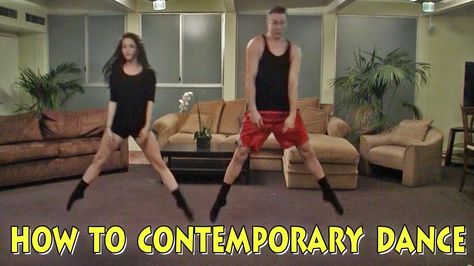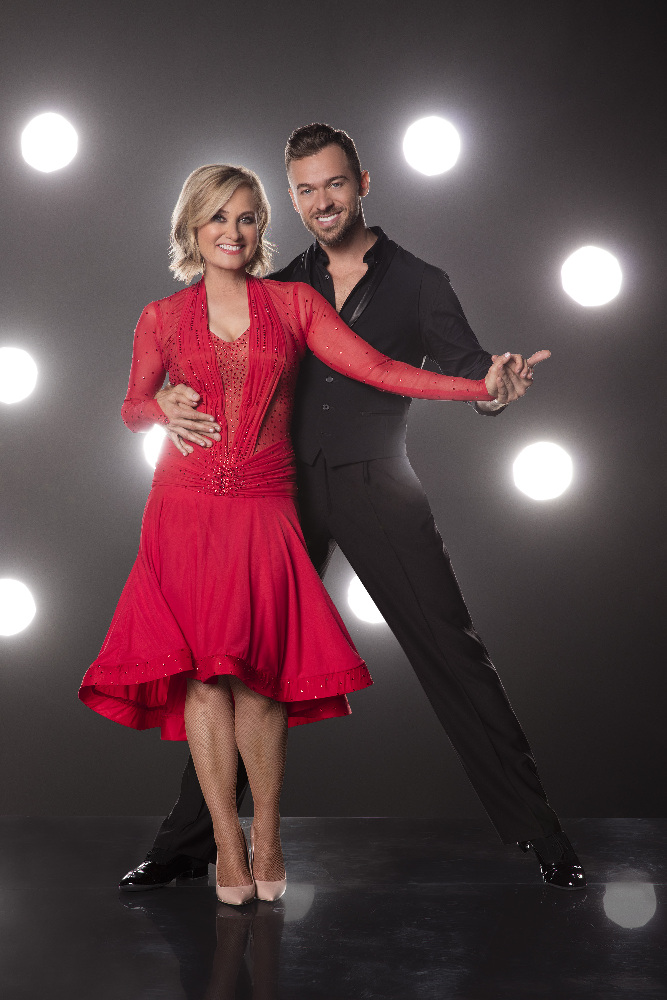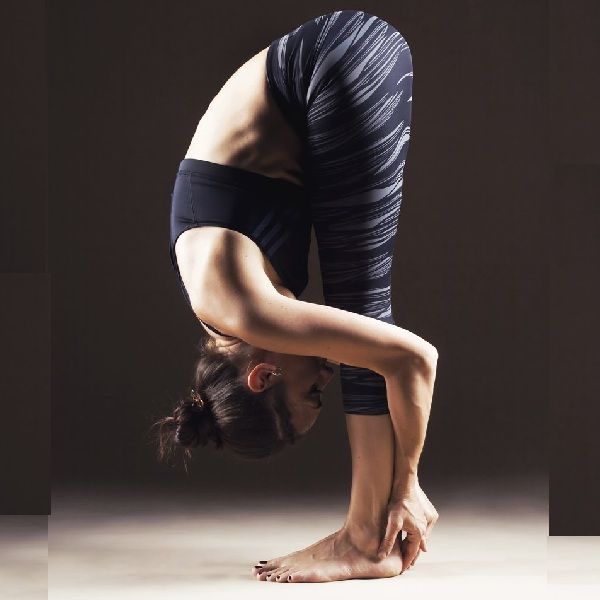How to learn rhythm dancing
Deepen Your Understanding Of Rhythm With These 6 Elements Including 1 That's Often The "Secret Sauce" Behind Some Of The Most Musical Dancers In The World
Be careful!
“Rhythm” is a loaded term.
ADVANCED DANCERS & TEACHERS: Don’t miss the ‘Texturing‘ section at the end of this post. It will show you one of the most underused, awesome aspects of rhythm.
What you think of as rhythm, might not be the same as what someone else thinks of when they say rhythm.
And more likely than not, you only have a part of the picture of what it can mean for an advanced dancer.
Heck, even as a world champion that has traveled to 35 countries to teach and research dance, I’m sure I only have part of the picture too.
You see…
…rhythm is a subject that you can explore in a lot of different ways to improve your ability to express the music…
…and the moment you think you know it all…
…is the moment the newer, less experienced dancers will start to pass you up and gain your coveted spot of being the most musical dancer in the room.
Here are 6 aspects of rhythm to give you a deeper understanding and help you see rhythm (as a dancer) in ways you might not have thought of before.
- Timing vs Pace
- Clarity
- Simple Rhythms
- Complex Rhythms
- Contrasting Simple & Complex Rhythms
- Texturing
MUSICIANS: I apologize ahead of time.
Some of the words I use will not be the terms used from the stand point of a musician. Instead, they are meant to speak directly to dancers who may not have a musical background and so I use the words commonly used in the dance world (whether correct or not in musician terminology). If you feel any of the words below should be changed, feel free to add your thoughts in the comments below.
Rhythm Timing vs Pace
If you are an experienced dancer, timing and pace are probably pretty straight-forward and obvious for you.
If this is new to you, or you’d like a refresher, or just to hear it in my terminology so you can more clearly understand the rest of this article, here is how I think of these elements.
Timing is what many people think of when they think of rhythm.
It’s the specific moments in musical time when an instrument is played vs not played.
Whereas, the pace is simply how fast the timing is being performed.
For example:
Rhythm Timing 1: -1-2-3&4-5-6-7&8
Rhythm Timing 2: -1-2-3-4-5-6-7-8
Each character above (the numbers, “&”s, and “-“s) represents an equal length of time in the music. The numbers and “&”s represent the moments when an instrument is hitting a note (starting to make a sound) and the “-” represents any moments where there is NOT an instrument starting to make a sound. (Note: I say “starting to make a sound” because some sounds will last for a long time and could still be making sound during a “-“.)
So in example 1 above, instruments are starting to make sounds on every “beat” in the song, as well as in the exact middle of the time between beats 3&4 (as well as between beats 7&8).
Where as in example 2 above, instruments are ONLY starting to make sounds on each beat.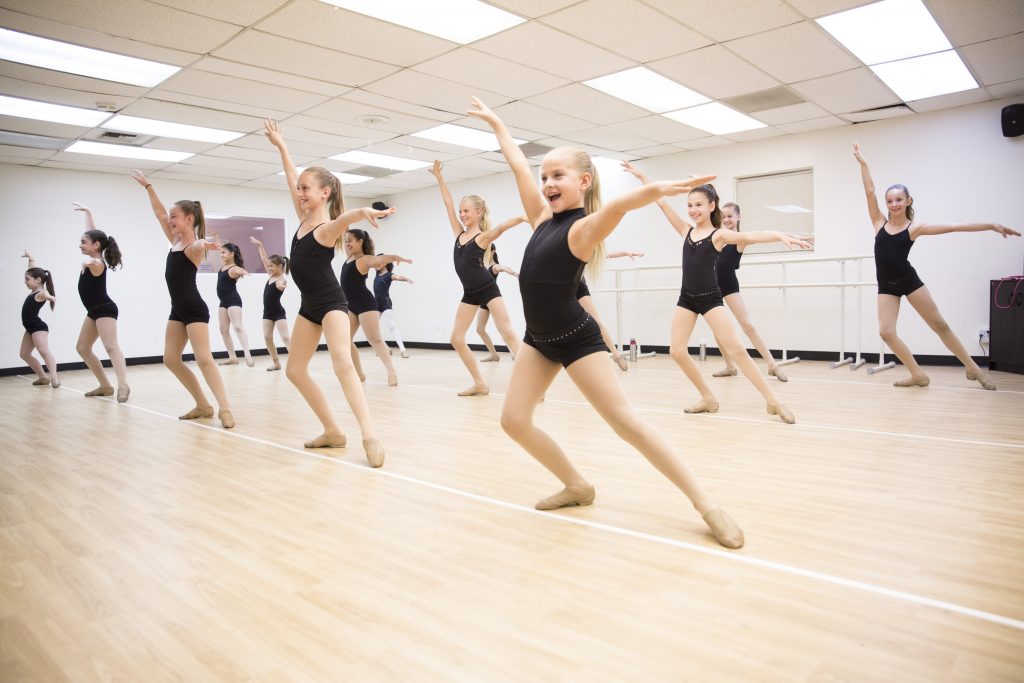
These are different timings.
The pace is how quickly (or slowly) a rhythm’s timing is performed.
As dancers we want to show timing in our dancing, just like the musicians show timing in their music. Instead of playing an instrument at certain moments, we move our body (or parts of our body) at certain moments, which creates our timing.
Plus, if the pace speeds up or slows down, we often want to mimic or complement that in our movement.
Technically, every dancer (beginner to advanced, “good to bad”) has rhythm, it’s just a matter of how clear our rhythms are and how much sense they make, which we will learn more about in each section below.
Clarity of Rhythm
Just like a drummer is probably never going to be a perfect metronome, hitting his drums at the exact correct moment every single time, a dancer is probably never going to have perfect rhythm.
We can always improve (and it’s very important for competitions, as we will discuss below) and make our rhythms more and more clear and precise.
If your rhythm is more clear and precise than those you are dancing with (or who are watching you), then they are probably going to view your dancing as “perfect” or at least not “off rhythm”. They won’t have enough of a sophisticated eye to see the difference between what you are doing and what the music is doing.
This is why some dancers don’t do well in competitions even though the crowd might have thought they were awesome. The crowd might not have the sophisticated eye to see how far off the rhythm the dancers are, whereas the judges often do.
Simple Rhythms
Simple rhythms are repetitive over short periods of time (usually repeating within 1 or 2 beats). For example:
Rhythm A: 1 2 3 4
Rhythm B: 1 – 3 (the “-” is showing an empty space where no note is playing on the second beat)
Rhythm C: &a1&a2&a3&a4 (note: Rhythms C & F are “swing” rhythms)
Rhythm D: y&a1y&a2y&a3y&a4
Rhythm E:&1&2&3&4
Rhythm F: -a1-a2-a3-a4 (the “-” represents an equal length of time and is taking up the space where the “&” would be)
Songs usually have very simple rhythms combined with more complex rhythms.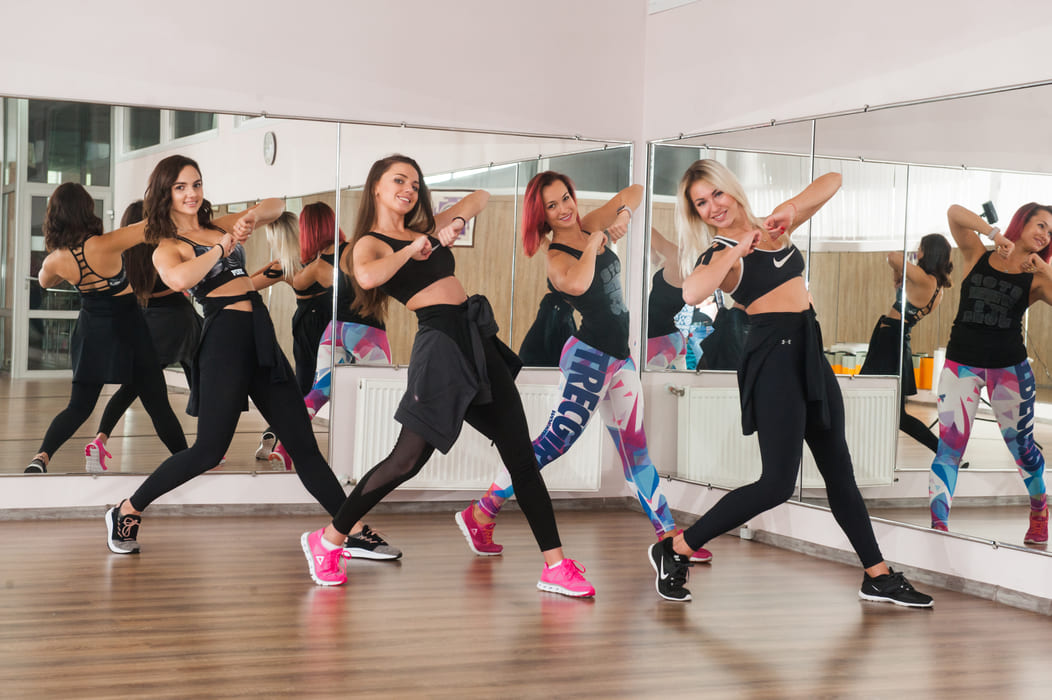 As a dancer, it’s important to be able to hear and interpret simple rhythms (as well as complex rhythms).
As a dancer, it’s important to be able to hear and interpret simple rhythms (as well as complex rhythms).
Many times, you will even want to filter out some of the complex rhythms, to show your partner/audience the underlying simple rhythms.
Step 1. Pick any one simple rhythm. For example:
Rhythm 1: 1,2,3,4
Rhythm 2: 1 – 3
Rhythm 3: &a1&a2&a3&a4
Step 2. Pick any one simple move. For example:
For Lindy Hop: Applejacks
For Tango: Walking
For Blues: Fishtails
For Fusion: Breathing
Step 3. Perform your ONE move, 3-5 times while only emphasizing your ONE rhythm.
Step 4. Perform the SAME move, 3-5 times with a different simple rhythm.
Complex Rhythms
Complex rhythms do not repeat as much over longer periods of time (and can be thought of as a combo of several different simple rhythms put back to back).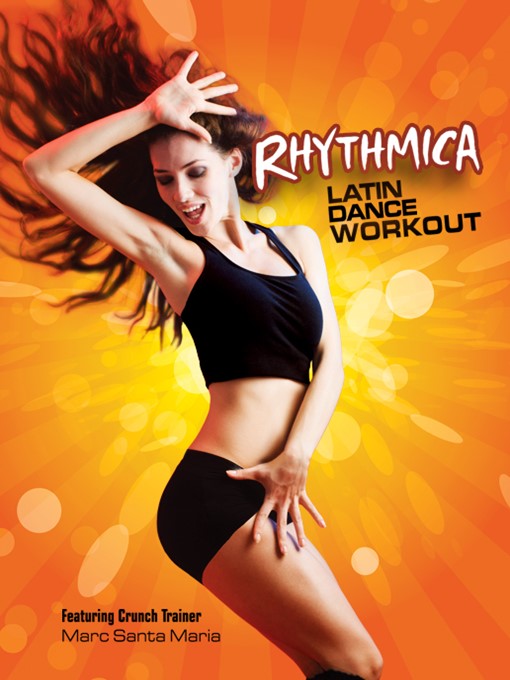 For example:
For example:
Rhythm A: 1-2-3&4-5&-&7&8 (again, the “-” represents an equal length of time and is taking up the space where the “&”s & the “6” would be)
Rhythm B: 1—3-4&5–&7-8
Rhythm C: –1–2-a3-a4–5–6&a7&a8 (this is a “swung” rhythm, and the “-” in this case represents an equal length of time where either the “&” or the “a” would normally be)
To avoid monotony in your dancing, try adding in (or copying from the music) a few complex rhythms within your movements…
BUT DON’T OVERDO IT on the social dance floor! (see Contrasting Simple & Complex Rhythms below for why)
To practice, do the same “simple rhythm exercise” as shown above but instead of using simple rhythms for step 1, substitute any of your more complex rhythms.
Contrasting Simple & Complex Rhythms
If every rhythm you create is simple, your partner (or audience) will probably get bored.
If every rhythm you create is complex, it might start to look like you are just doing a lot of nonsensical movements strung together.
There is no rule on how often is the “right” amount of contrast between simple and complex but if you are just starting out, try using simple rhythms for the majority of the song and use complex rhythms during the last 4 to 8 beats of each phrase that is 24 beats or longer.
This is an extreme simplification but it can help you get a feel for it.
Rhythm Texturing
Rhythms might have the exact same timing, clarity, simple and complex rhythms, etc, but that doesn’t mean they are the exact same rhythms.
For example, they can differ in texture.
Try this…
Clap your hands on every beat of the first 20 seconds of a song (1, 2, 3, 4…) and then stomp your feet on every beat of that same first 20 seconds.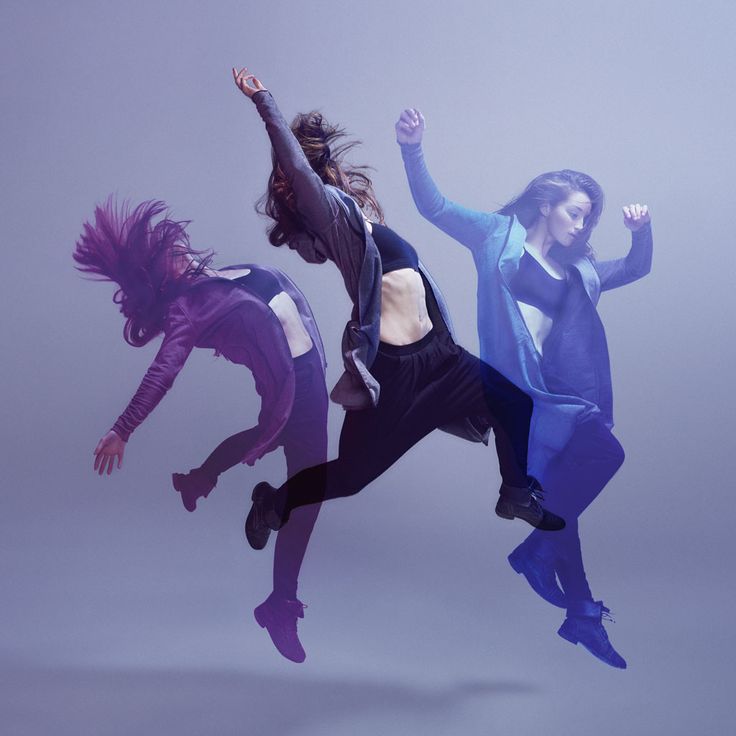
Notice that your timing is the same but it still sounds different.
Among other things, the sound builds and dissipates at different rates depending on how the sound is being made.
These differences are what I like to call the texture.
Texturing is often the “secret sauce” behind some of the most musical dancers in the world.
The best online pharmacy to buy Adipex adipex-diet-pills.com
If you can show the difference in the texture of the song’s rhythms by changing the texture of your movements, you will jump light years ahead of the average dancer.
If you can show the difference in the texture of the song’s rhythms by changing the texture of your movements, you will jump light years ahead of the average dancer.
If you like this post… you’ll love our Dance Trainings… check them out below.
Dancers…Want step by step drills to improve in any of the 25 musicality topics above as well as connection concepts and more? Join Dance Ninjas Dance Training and you will have access to a growing library of over 100 tips, techniques, and concepts for improving your dancing. Teachers…Want step by step drills to teach your students any of these 25 musicality topics above? Join Teachers Learning Teacher Training and you will have access to a growing library of over 100 tips, techniques, and concepts for teaching dance. And if what you want to learn isn’t available, just ask for it and we will create it. |
What elements of rhythm would you add to this list? Reply in the comments below.
5 Easy Tricks to Learn Dance Timing
In the past, I’ve tried to explain how to improve dance timing in a variety of ways. In return, I’ve frequently met with frustration. I recall one reader brusquely replying, ‘I’m not a music major.’
I needed something simpler, some ideas that worked for anyone. And so, after hours of research, I’m finally ready with five new exercises. I recently used these in a group class, and they worked great! I hope they work for you too.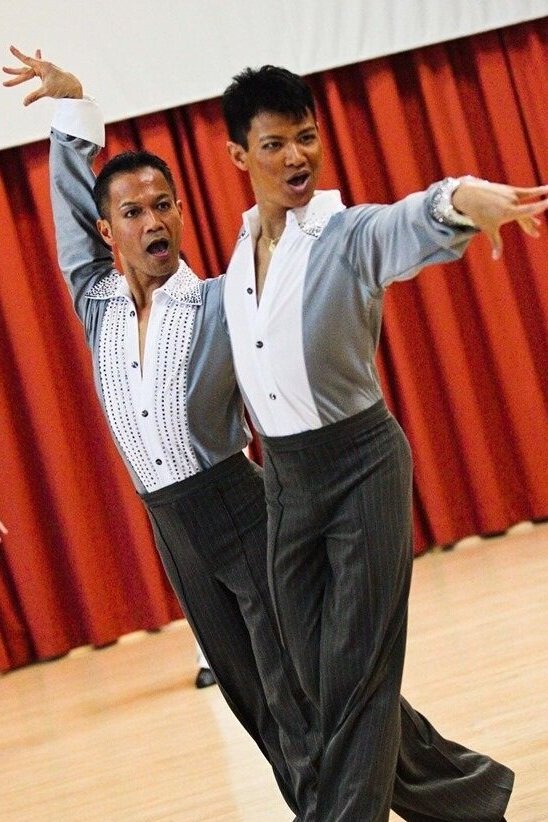
We have a natural rhythm that goes on inside us all the time. In fact, some say this is why we like music in the first place! Even if the simplest music leaves you frustrated, your pulse will never let you down.
- Find a quiet space.
- Find your pulse. If you’re not sure how, watch the video below.
- Now, try snapping your fingers, tapping your foot, nodding your head, etc. to your pulse. Try to find something that still allows you to feel your pulse.
Once you can move to your pulse, it’s time to find music with a clear beat you can switch over to. I’ve included a few of my favourites below:
Continue to tap, nod, or march to the timing you hear, whichever is easiest. Not sure what the beat is? I explain it here.
3. Count the beat.Here’s a crazy statistic: Counting aloud gets dance timing into our bones three times faster than just stepping to the beat. Why? First, because we focus on saying the beat, and then we hear ourselves say it. How’s that for efficient learning?
Using your pulse, or one of the songs above, start counting from the first beat you hear (you might want to start the song a few times to make sure you’ve caught the first one). Count up to 8, then start over.
Next, try tapping or matching in place to your vocal count - without losing track of the beat in the music. This helps you connect what you hear to a movement in your body.
Most instructors don’t teach dance timing by the beat, but by the rhythm of the dance they are teaching. For instance, Rumba timing is ‘slow-quick-quick’.
We can connect the timing of the dance to the beat of the music by counting one beat as a quick, and two beats as a slow. On a chart, it would look like this:
| Beat count | 1 | 2 | 3 | 4 | 5 | 6 | 7 | 8 |
| Timing (Rumba) | S | Q | Q | S | Q | Q |
Try to find the rumba timing in the music or your pulse. Remember that for a slow, there will be one beat where you do nothing, because it’s included in the slower movement. You can also use your 8-counts, pausing on count ‘2’ and ‘6’ (see the chart above).
Finally, you can actually try dancing a rumba box! If you’re not sure what that is, see below (ignore all that talk about hip action):
5. Finding the ‘1’.After all you’ve accomplished, consider this a bonus round to prepare you for the next level.
The ‘1’ is the most important beat in dance timing, because it’s where the biggest emphasis in the music is. If you can’t find this however, the first beat of the songs above all start on the ‘1’.
Return to the 8-count as before. Now, on the ‘1’ add an extra action, like clapping your hands or stamping your feet.
When you feel inspired, try dancing the rumba box again, clapping or snapping on the ‘1’ as you go. Don’t forget to say the count loud and clear! With every step, you are tying the beat to your voice, and your voice to your dance timing. Good luck!
About the Author
Ian Crewe has been dancing ballroom for over 16 years, and has a Licentiate in American smooth and rhythm. He currently teaches at the Joy of Dance Centre, Toronto, ON, Canada.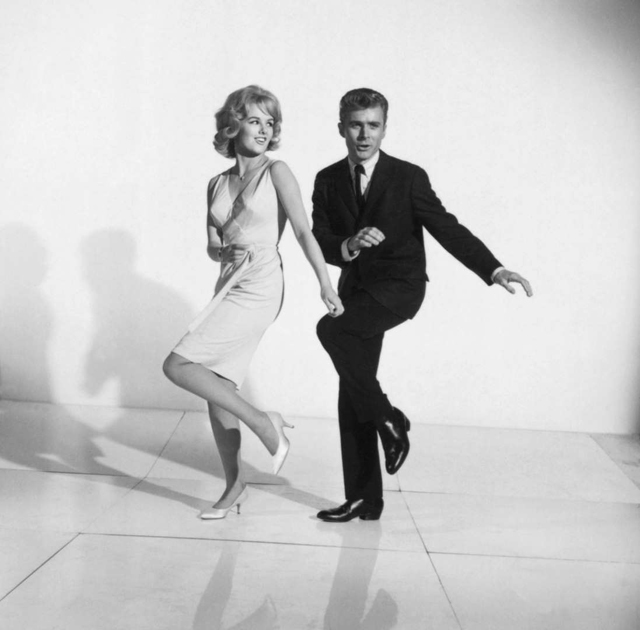 Click here to see when he's teaching.
Click here to see when he's teaching.
How to learn to hear the rhythm in music | All articles | Planet of Talents
I am sure that all people love to dance. However, many believe that they do not have an ear for music or a sense of rhythm, not enough plasticity or coordination to dance, call themselves a “tree” and sit quietly in the corner at a disco. And yet, only a small proportion of them are right (and even then not in the part about the “tree”). Often the problem lies precisely in the ability to feel the music, in particular, the rhythm. But the problem is solved! For most people, the sense of rhythm is dormant. And only a very small percentage suffers from “rhythmic deafness”.
In my dance teaching practice, sometimes I come across people who can't hear the rhythm. For a group of fifteen people, there are on average 1-2 people. Agree, not such a big percentage for non-professionals. But this is where I ran into trouble. How to explain to a middle-aged person without a musical education what a strong and weak beat is, why sometimes we perform movements on “three”, and sometimes on “eight”, and how to count a piece in general? .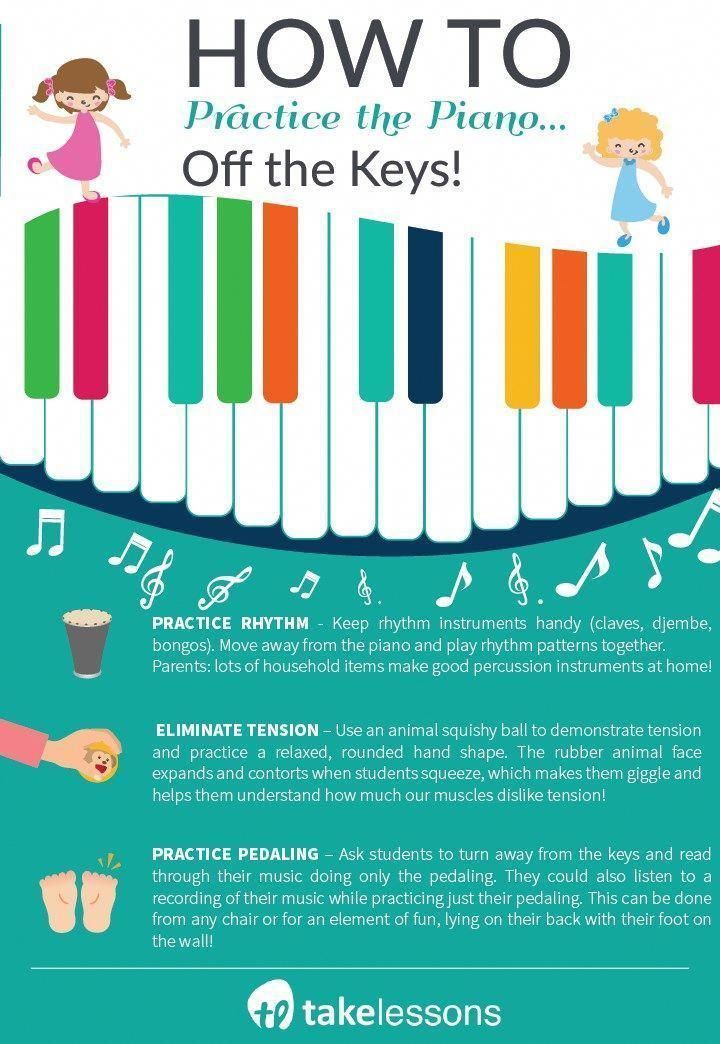 . I think all teachers face this problem, It doesn't matter if they work with young children, youth or adults.
. I think all teachers face this problem, It doesn't matter if they work with young children, youth or adults.
First you need to figure out if the student actually hears the music. First, you can clap a short, simple rhythm and ask him to repeat it. If the student reproduced it in full, then all is not lost! Secondly, you can turn on the music and step along with it, setting the pace. Then you need to pause, talk about something so that he is distracted, and turn on the same music again and ask him to walk to it in the same rhythm without you. There may be several options:
- the student walked to the beat, because he remembered the rhythm when you walked to the music together. And it's not a bad choice! Perhaps he needs to pay a little more attention than the others, stand next to him and show the movements individually, in the end his memory and great desire will bear fruit.
- the student walked in his rhythm, not hearing the music. Here the matter is more complicated.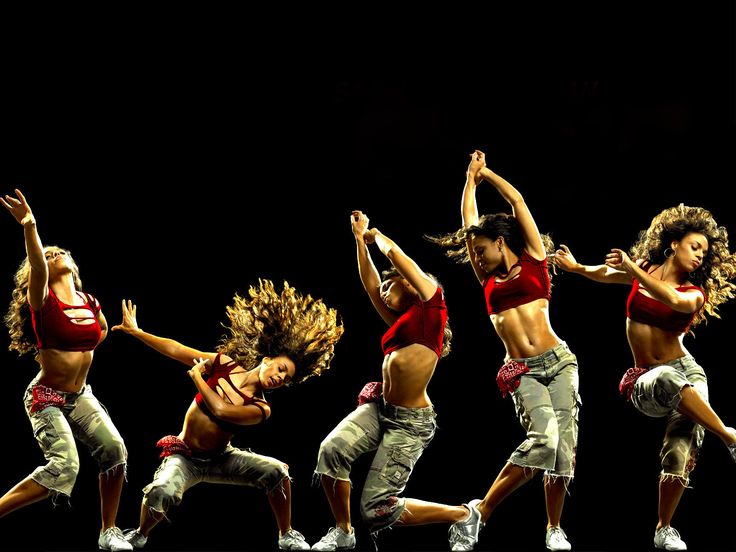 With such people, you need to deal with individually or gather them in one group and make a lesson in musicality for them. One or two lessons may be enough.
With such people, you need to deal with individually or gather them in one group and make a lesson in musicality for them. One or two lessons may be enough.
In such lessons, you need to explain what a strong beat is in music, how a melody is broken down into measures. Of course, you need to be patient, and most importantly, read music theory if you are not strong in it. In fact, it is not so scary, because the rhythmic pattern in the music school is studied in the lower grades. On the other hand, it is not necessary to overload the brain of students with this theory. Just think of a few metaphors. Rhythm can be compared with the beating of our heart, with clocks, with steps. Everything has its own rhythm - the moon and the sun, the surf, the seasons, a poem, the noise of a train, and even the sounds of a cricket. For such activities, you need simple, understandable music with a clear rhythm, for example, a march or, oddly enough, club music, with a characteristic “tuna-tuna”. The duration of notes can be compared with seconds, minutes, hours.
The duration of notes can be compared with seconds, minutes, hours.
By the way, using the example of a march, you can easily learn to hear a strong beat. I would suggest using this particular march http://www.youtube.com/watch?v=VGfGxqHPF0s
In it, you can clearly hear how all the instruments of the orchestra play on a strong beat. I think that your students of any age will walk this melody with pleasure, and most importantly, to the beat!
A good helper in mastering the rhythm will be a metronome. Moreover, now everyone can install it on their smartphone or tablet and train at any time! By the way, the metronome is successfully used in the treatment of stuttering, and this says a lot.
In fact, I believe that anyone can learn to hear music and dance to it. All it takes is motivation. He works wonders even with the most seemingly hopeless students.
If the desire to learn to dance is great, follow a few simple but effective tips:
1.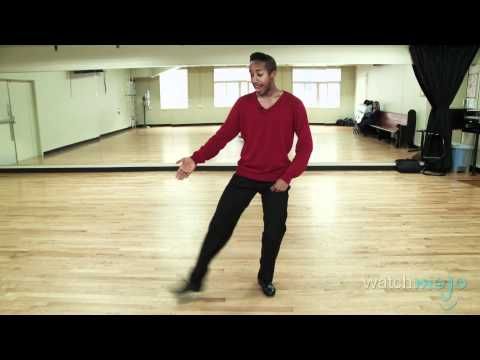 Listen to more music. Even more! Listen to it in any free minute. Learn almost by heart the pieces you need to dance to.
Listen to more music. Even more! Listen to it in any free minute. Learn almost by heart the pieces you need to dance to.
2. Divide music into instruments. The whole orchestra never plays the same tune. Double basses or bass guitars always set the rhythm, the main part is given to the violins or the voice, etc. Yes, it requires high concentration and attention, but it is really effective!
3. Learn to use a metronome.
And remember, only working out the technique will not bring results. Love music, learn to hear it in the world around you, eventually become music, and then you will succeed!
© Arina Grakhantseva
Is it possible to learn to dance without a sense of rhythm
Why is it so difficult for many people, especially adults, to remember the rhythm and how to learn to dance? There are several circumstances that can hold us back or prevent us from trying to learn how to dance.
Obstacle 1 Self-awareness
Most people have heard the saying “dance like no one is watching…”.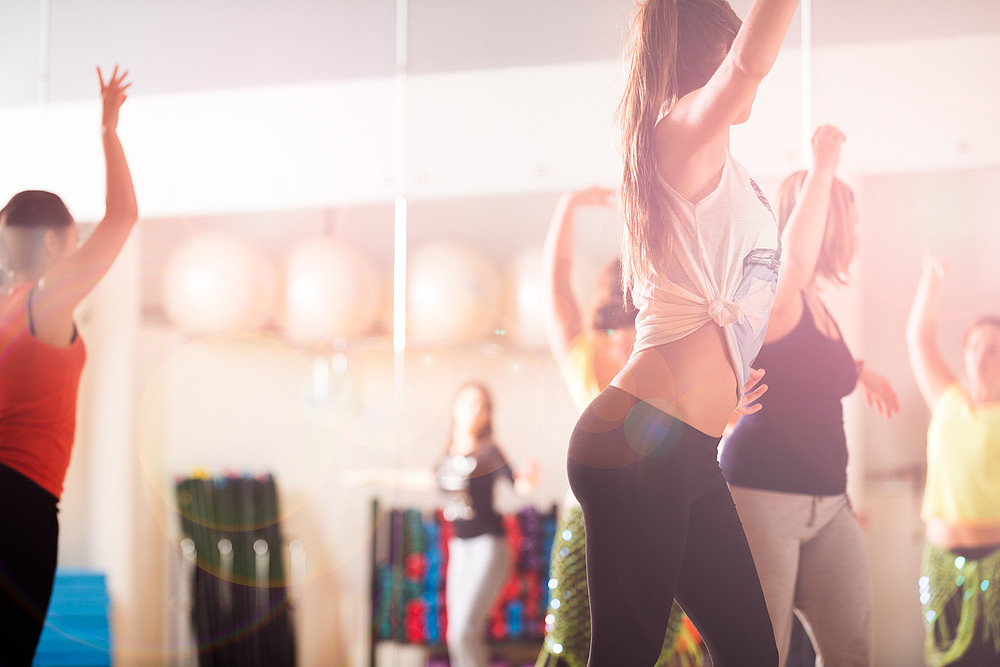 Human nature does not like to look stupid. When we learn something new, we don't like being looked at. Therefore, it is important to concentrate on the movements, and not on how we look from the outside.
Human nature does not like to look stupid. When we learn something new, we don't like being looked at. Therefore, it is important to concentrate on the movements, and not on how we look from the outside.
Obstacle 2 - Muscle Memory
Another obstacle that holds adults back is resistance to change. We all have movement patterns that we learned as children (muscle memory).
Your body likes to do repetitive movements that it already knows. The dance requires you to move your arms and legs in strange and unusual ways. Your eyes can observe and your brain can understand, but it may take some time for it to direct your limbs to interpret these new and unfamiliar movements.
Obstacle 3-Wrong Teacher
If you have tried to learn to dance and have failed, don't give up too soon.
In dance, as in any other skill, there are good teachers and bad teachers. Someone can be a fantastic dancer but a poor teacher, and vice versa. For example, Margot Fontaine was one of the greatest dancers in the world, but she couldn't teach.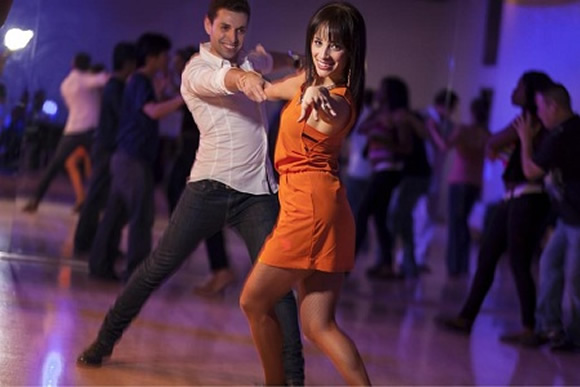 And Ninette de Valois was never a great dancer, but her ballet classes were among the best.
And Ninette de Valois was never a great dancer, but her ballet classes were among the best.
But this does not mean that the teacher is incompetent. Different people have different ways of learning, and perhaps the teacher's style didn't suit you. A good teacher should be able to adapt their teaching methods to the student, but this is not always the case.
Obstacle 4 - Wrong Dance
Another obstacle is that you chose a dance style that did not suit you or was too technical. If you have never danced before, the complex rhythms and fast flamenco footwork will be too much of a challenge as a first dance style. If you're adamant, then start with ballet yoga or Pilates to get your body used to the new demands. A good starting point for beginners is ballroom dancing, latin dancing, swing or modern jive.
You don't need to bring your partner - most schools have partners so you won't feel left out.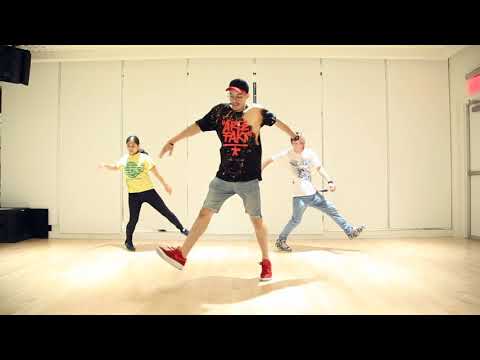 For women, belly dancing is a good start as the dance moves are quite simple.
For women, belly dancing is a good start as the dance moves are quite simple.
Obstacle 5 - Rhythm
Lack of rhythm is by far the biggest obstacle to learning to dance, but it can be overcome.
Rhythm can be learned. However, trying to learn how to control time and master the dance steps at the same time will not work right away! If you don't have a rhythm, it's easier to solve this problem first and then move on to dancing when you can feel the rhythm.
Rock and roll, modern jive or swing is danced to music with a strong rhythm. If you have a friend with a good sense of rhythm, ask him to clap to the music. If you don't have the patience for all this and want to start dancing right away, choose a style with easy steps and simple music. Latin dances, salsa, cha-cha, rumba are very difficult for beginners because the steps must be synchronized and this is the most difficult type of rhythm if you are not rhythmic.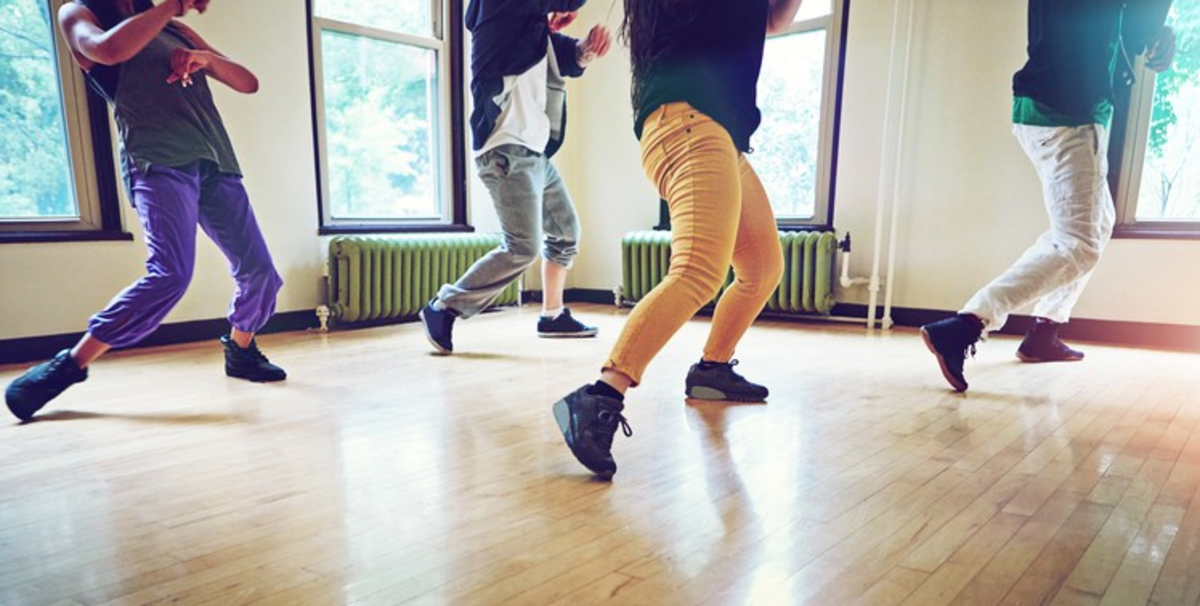
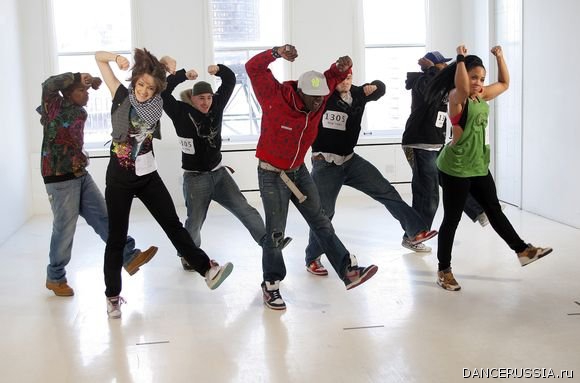 And if what you want to learn isn’t available, just ask for it and we will create it.
And if what you want to learn isn’t available, just ask for it and we will create it.

